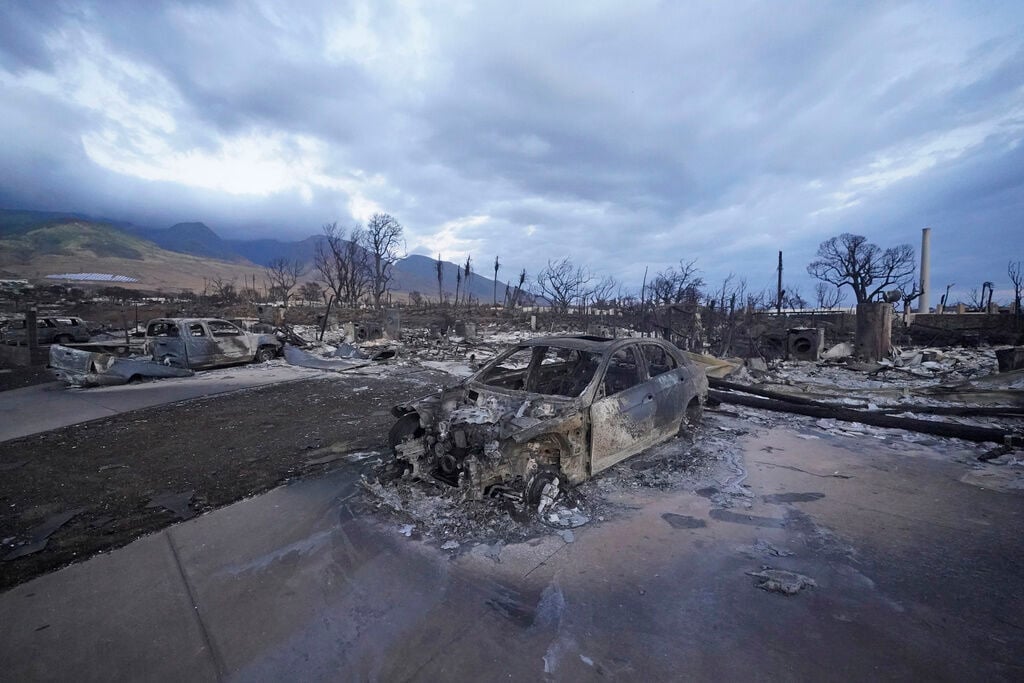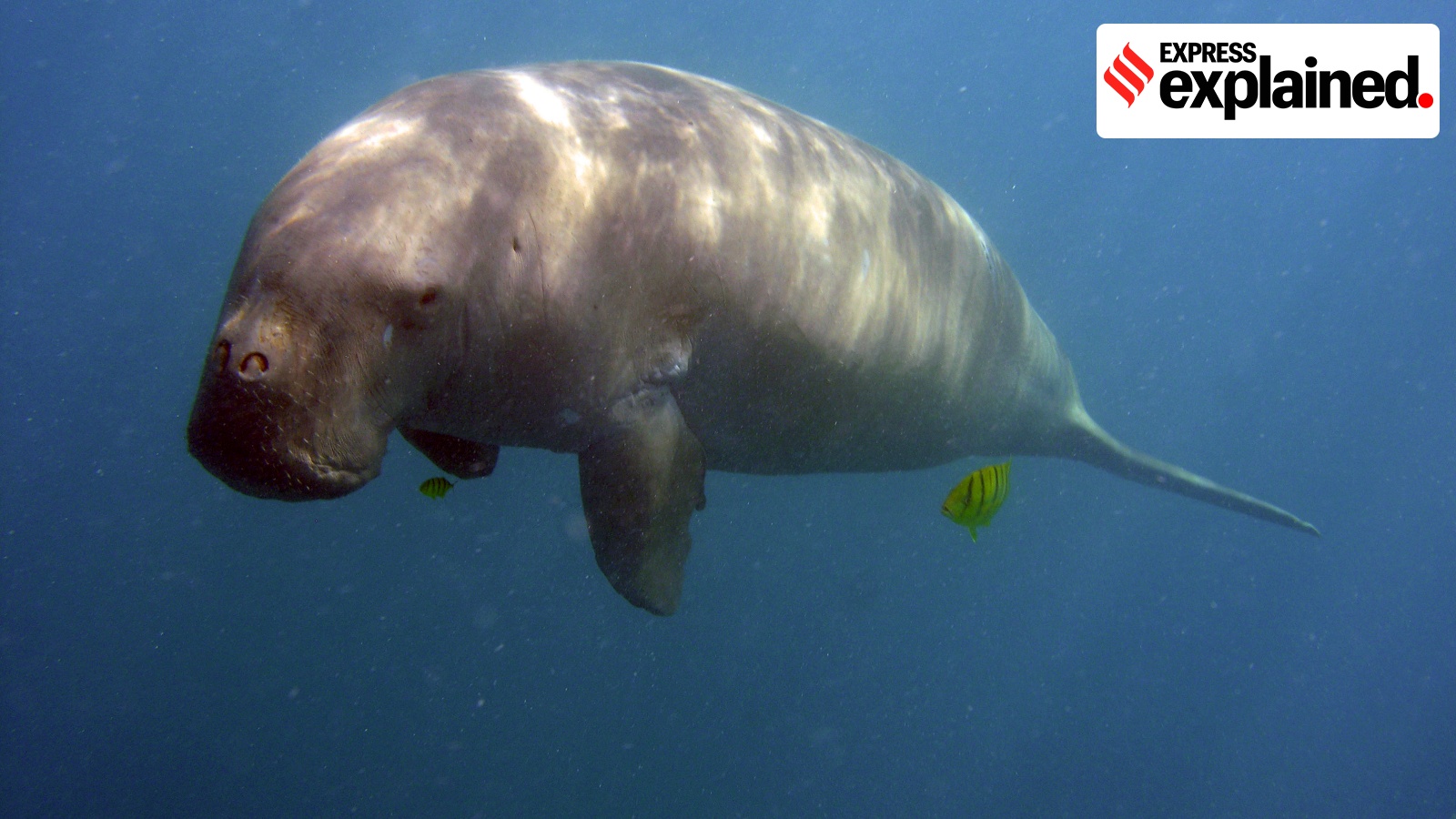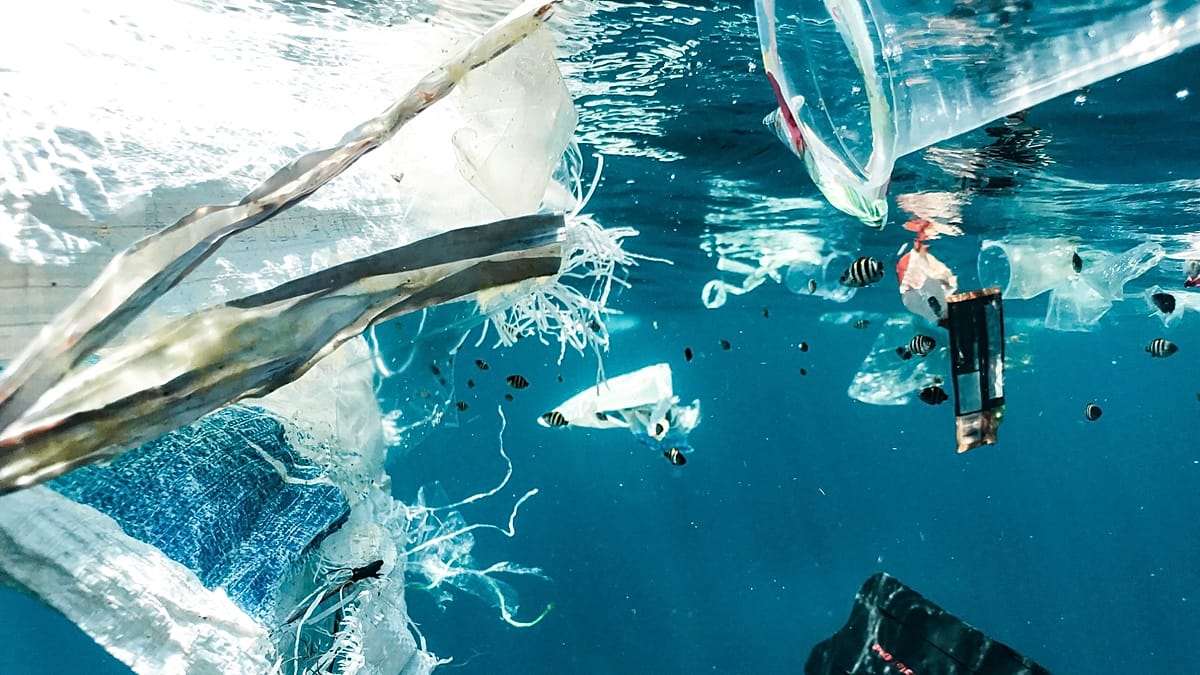Marine debris research center may be closing – mauinews.com

Report on the Center for Marine Debris Research: Funding Crisis Threatens Progress on Sustainable Development Goals
Executive Summary
The Center for Marine Debris Research, a key institution in Hawaii for combating marine pollution, is facing imminent closure due to a severe funding shortfall. The cessation of its operations would represent a significant setback to regional and global efforts to achieve several Sustainable Development Goals (SDGs), particularly SDG 14 (Life Below Water), SDG 12 (Responsible Consumption and Production), and SDG 17 (Partnerships for the Goals). The Center requires approximately $2 million in annual funding to continue its vital research and collaborative cleanup initiatives, with current government grants set to expire in March.
Impact on SDG 14: Life Below Water
The Center’s work is central to the protection of marine ecosystems and the reduction of marine pollution, directly addressing targets within SDG 14.
- Target 14.1: Prevent and significantly reduce marine pollution of all kinds.
- The Center serves as the primary research hub for marine debris collected by partner organizations across the Hawaiian Islands.
- Collaborative efforts, such as the monthly cleanups at Ka`ehu Beach by the nonprofit Sharkastics, have removed 6 tons of plastic debris over six years from a single location.
- The Center analyzes debris originating from the Great Pacific Garbage Patch to understand and track pollution sources.
- Target 14.2: Sustainably manage and protect marine and coastal ecosystems.
- Cleanup operations supported by the Center take place in ecologically critical areas, including green sea turtle nesting grounds and monk seal habitats at Ka`ehu Bay.
- The removal of debris prevents further degradation of reef ecosystems.
Contributions to SDG 12 and SDG 9: Responsible Production and Sustainable Innovation
The Center is pioneering innovative solutions for a circular economy, turning waste into valuable resources, which aligns with SDG 12 (Responsible Consumption and Production) and SDG 9 (Industry, Innovation, and Infrastructure).
- Target 12.5: Substantially reduce waste generation through prevention, reduction, recycling, and reuse.
- Research scientist Dr. Jenn Lynch is leading projects to recycle an estimated 200 tons of plastic debris annually.
- The Center advocates for recycling as the most environmentally sound disposal method, superior to landfills, long-distance shipping, or waste-to-energy incineration which releases greenhouse gases.
- Target 9.4: Upgrade infrastructure and retrofit industries to make them sustainable.
- A pilot project with the state Department of Transportation is testing the use of recycled plastic fishing nets as a component in road pavement.
- Another project is developing building planks from recycled plastic net materials.
Fostering SDG 17: Partnerships for the Goals
The Center’s operational model is built on multi-stakeholder collaboration, embodying the spirit of SDG 17.
- Domestic Partnerships: The Center collaborates with a network of non-profits and agencies, including:
- Sharkastics (Maui)
- Surfrider Foundation (Kauai)
- Hawaii Wildlife Fund (Big Island)
- Papahanamokuakea Marine Debris Project
- Pacific Whale Foundation
- Hawaii Pacific University
- National Institute of Standards and Technology (NIST)
- Economic and Community Engagement: A new program incentivizes longline fishing boats to collect marine debris by paying them per pound, successfully integrating the private sector into conservation efforts.
- International Cooperation: The Center is engaged in discussions with the Taiwanese government and Korea Sea Grant and is scheduled to present research at an international marine science conference in Japan, fostering global knowledge sharing.
Conclusion: An Urgent Call to Action
The potential closure of the Center for Marine Debris Research jeopardizes critical progress in marine conservation, waste management innovation, and international scientific partnership. The loss of its $2 million annual budget would halt programs that directly support the achievement of SDGs 9, 12, 14, and 17. Securing sustainable funding from public and private sources is imperative to ensure this vital work continues to protect Hawaii’s marine environment and contribute to global sustainability targets.
SDGs Addressed in the Article
SDG 14: Life Below Water
- The article’s central theme is the collection and research of marine debris, particularly plastics and fishing gear, which directly addresses the goal of conserving and sustainably using oceans and marine resources. The efforts of groups like Sharkastics to clean Ka`ehu Beach, a nesting site for green sea turtles and resting place for monk seals, highlight the direct impact on marine life and ecosystems.
SDG 12: Responsible Consumption and Production
- The research conducted by the Center for Marine Debris Research focuses on recycling plastic waste into new products like pavement and planks. This aligns with SDG 12’s aim to reduce waste generation through recycling and reuse, promoting a circular economy for plastics and moving away from less desirable disposal methods like landfills or incineration.
SDG 9: Industry, Innovation, and Infrastructure
- The article highlights the innovative work of the Center for Marine Debris Research, which is developing new technologies and scientific best practices for recycling plastic. This focus on scientific research, technological development (e.g., turning nets into pavement), and creating new uses for waste materials supports the goal of fostering innovation.
SDG 17: Partnerships for the Goals
- The article showcases a complex network of collaboration involving non-profit organizations (Sharkastics, Pacific Whale Foundation, Surfrider Foundation), research institutions (Center for Marine Debris Research, Hawaii Pacific University), government agencies (NIST, state Department of Transportation), and international bodies (Taiwanese government, Korea Sea Grant). This multi-stakeholder approach is the essence of SDG 17.
Specific SDG Targets Identified
SDG 14: Life Below Water
-
Target 14.1: By 2025, prevent and significantly reduce marine pollution of all kinds, in particular from land-based activities, including marine debris and nutrient pollution.
- The entire article is focused on addressing marine debris. The work of Sharkastics in collecting 6 tons of plastic over six years, the Pacific Whale Foundation’s debris hotline, and the center’s program paying fishing boats to bring back debris are all direct actions to reduce marine pollution.
-
Target 14.2: By 2020, sustainably manage and protect marine and coastal ecosystems to avoid significant adverse impacts.
- The article mentions that the volunteer cleanup efforts prevent the reef at Ka`ehu Bay from being “covered with debris.” This bay is a critical habitat for nesting green sea turtles and resting monk seals, making its protection a clear effort to safeguard a coastal ecosystem.
-
Target 14.a: Increase scientific knowledge, develop research capacity and transfer marine technology.
- The Center for Marine Debris Research, founded as a joint institute with NIST and Hawaii Pacific University, is explicitly dedicated to increasing scientific knowledge. Its work analyzing debris to find its origin, developing recycling methods, and planning to present research at an international conference are all examples of developing research capacity and technology.
SDG 12: Responsible Consumption and Production
-
Target 12.5: By 2030, substantially reduce waste generation through prevention, reduction, recycling and reuse.
- The research into turning marine debris into pavement and planks is a direct application of recycling and reuse. Dr. Lynch states that projects could find “a use for 200 tons of plastic debris a year,” which is a substantial effort to reduce waste that would otherwise end up in landfills or be incinerated.
SDG 9: Industry, Innovation, and Infrastructure
-
Target 9.5: Enhance scientific research, upgrade the technological capabilities of industrial sectors in all countries…encouraging innovation.
- The center’s work is described as developing “best practices for recycling plastic” and conducting tests to create new products from waste. This represents an effort to enhance scientific research and innovate new industrial processes for waste management. The collaboration with the Department of Transportation to test plastic-infused pavement is a practical application of this innovation.
SDG 17: Partnerships for the Goals
-
Target 17.16: Enhance the Global Partnership for Sustainable Development, complemented by multi-stakeholder partnerships.
- The article details partnerships that span local, national, and international levels. The center collaborates with the Taiwanese government and Korea Sea Grant, demonstrating a global partnership. The project involves non-profits, a university, and a federal agency (NIST), exemplifying a multi-stakeholder approach.
Indicators for Measuring Progress
For Target 14.1 (Reduce Marine Debris)
- Amount of marine debris collected (by weight): The article explicitly states that Sharkastics has collected “6 tons over the last six years” and that the new program pays fishing boats “a dollar for every pound of marine debris brought back.” This provides a quantifiable measure of debris removal.
For Target 12.5 (Reduce Waste through Recycling)
- Amount of plastic debris recycled annually (by weight): The article mentions an estimate that the recycling projects “could involve finding a use for 200 tons of plastic debris a year.” This is a direct indicator of the volume of waste being diverted from landfills through recycling.
For Target 14.a / 9.5 (Enhance Research and Innovation)
- Funding for research: The article states the center “needs about $2 million a year to continue its research,” using funding as a key metric for sustaining research capacity.
- Number of research projects and publications: The article mentions specific projects like testing debris in pavement and making planks, as well as a plan to “present a research paper at the North Pacific Marine Science Organization conference,” which are indicators of research output.
For Target 17.16 (Multi-stakeholder Partnerships)
- Number and diversity of partners: The article implicitly uses the list of collaborating organizations as an indicator of a successful partnership. It names multiple non-profits (Sharkastics, Hawaii Wildlife Fund, etc.), government bodies (NIST, DOT), academic institutions (HPU), and international partners (Taiwan, Korea).
Summary of SDGs, Targets, and Indicators
| SDGs | Targets | Indicators Identified in the Article |
|---|---|---|
| SDG 14: Life Below Water | 14.1: Reduce marine pollution and debris. 14.2: Protect marine and coastal ecosystems. 14.a: Increase scientific knowledge and research capacity. |
– Weight of marine debris collected (6 tons in 6 years by one group; payment per pound by boats). – Protection of reef habitat for turtles and seals. – Funding for research ($2 million/year needed). – Number of research projects and publications. |
| SDG 12: Responsible Consumption and Production | 12.5: Substantially reduce waste generation through recycling and reuse. | – Weight of plastic debris recycled annually (estimated 200 tons/year). – Development of new products from waste (pavement, planks). |
| SDG 9: Industry, Innovation, and Infrastructure | 9.5: Enhance scientific research and encourage innovation. | – Development of “best practices for recycling plastic.” – Pilot projects testing innovative materials (e.g., plastic in pavement). |
| SDG 17: Partnerships for the Goals | 17.16: Enhance multi-stakeholder partnerships. | – Number and diversity of partners listed (non-profits, government agencies, academic institutions, international bodies). |
Source: mauinews.com

What is Your Reaction?
 Like
0
Like
0
 Dislike
0
Dislike
0
 Love
0
Love
0
 Funny
0
Funny
0
 Angry
0
Angry
0
 Sad
0
Sad
0
 Wow
0
Wow
0













































































